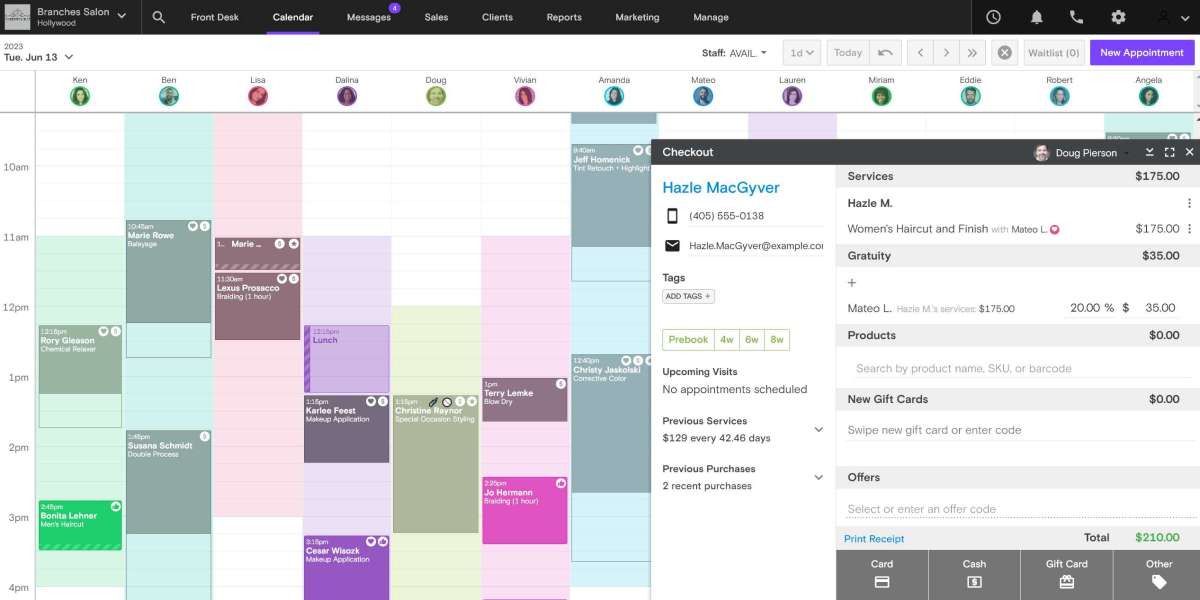The cold seal packaging market has seen growing adoption in various industries, especially in food, confectionery, and pharmaceutical sectors. This form of packaging offers significant advantages, including faster sealing times, reduced energy consumption, and protection for heat-sensitive products. Despite these benefits, the market faces several restraints that hinder its widespread application and growth potential. This article outlines the key challenges and market restraints impacting the cold seal packaging industry, including technical limitations, regulatory concerns, high production costs, and market awareness issues.
1. High Initial Investment and Production Costs
One of the primary restraints in the cold seal packaging market is the relatively high cost of production and initial setup. Cold seal adhesives, which are crucial to the packaging process, are more expensive than traditional heat-seal materials. These adhesives often require specialized formulation and application methods, increasing manufacturing complexity and cost. Additionally, machinery tailored for cold sealing tends to be more sophisticated and may demand higher upfront investments compared to traditional sealing equipment.
This cost factor becomes particularly burdensome for small and medium-sized enterprises (SMEs), which may find it financially challenging to transition to cold seal technology. For many businesses, the return on investment (ROI) is not immediate, discouraging broader adoption despite long-term benefits.
2. Limited Substrate Compatibility
Cold seal adhesives are not universally compatible with all substrates. Their effectiveness relies on precise matching between the adhesive and the substrate, such as paper or film. Incompatible pairings can lead to poor seal integrity, delamination, or product leakage. This limitation restricts the types of materials that can be used in packaging designs and may lead to compromises in barrier properties or durability.
In contrast, heat seal packaging is generally more versatile in terms of substrate options. The limited adaptability of cold seal adhesives narrows the application range and deters manufacturers seeking flexibility in material sourcing and product design.
3. Shelf Life and Storage Conditions
Cold seal adhesives are pressure-sensitive, meaning they activate without heat but require precise pressure levels. They can be sensitive to environmental conditions such as temperature and humidity during storage and transportation. Improper storage can compromise adhesive performance, leading to faulty seals or damaged products.
Additionally, once applied, the seals may degrade under certain conditions if the packaging is exposed to excessive pressure or rough handling. This can raise concerns regarding product safety and shelf life, especially for perishable goods. Manufacturers must implement stringent quality control measures to mitigate these risks, increasing operational complexity.
4. Limited Market Awareness and Technical Expertise
The cold seal packaging technology, although not new, remains less understood in certain markets and sectors. There is a lack of widespread knowledge among packaging professionals and business decision-makers about its advantages and best-use scenarios. This lack of awareness hampers the adoption of cold seal packaging, particularly in emerging markets or among smaller companies.
Furthermore, successful implementation of cold seal technology requires technical expertise in selecting the right adhesive-substrate combinations, adjusting equipment, and maintaining quality standards. A shortage of skilled professionals with this specific knowledge base can slow down market expansion.
5. Environmental and Regulatory Constraints
While cold seal packaging can be more energy-efficient due to the absence of heat application, the environmental friendliness of cold seal adhesives themselves can be a point of concern. Many cold seal formulations are based on synthetic materials and may not be biodegradable or recyclable. This poses a challenge for companies aiming to meet increasingly stringent environmental regulations and consumer demands for sustainable packaging.
As global regulations around packaging materials tighten, particularly in the European Union and North America, manufacturers using non-eco-friendly cold seal adhesives may face increased scrutiny and compliance costs. The development of sustainable, bio-based cold seal adhesives is still in progress and not yet widespread, creating a temporary gap between market needs and available solutions.
6. Competition from Alternative Packaging Methods
Cold seal packaging faces stiff competition from other packaging technologies, especially heat sealing and resealable closures. These alternatives often provide greater flexibility, cost-efficiency, and environmental benefits—attributes that cold seal solutions are still catching up with. Heat seal technology, for instance, continues to dominate in many high-volume packaging operations due to its proven reliability and broad material compatibility.
Moreover, innovations in biodegradable films and compostable materials are often designed with heat sealing in mind, further strengthening the position of traditional methods. Unless cold seal packaging can adapt quickly to such sustainability trends, its market share may remain confined to niche applications.
Conclusion
While cold seal packaging offers valuable advantages for specific use cases—particularly where speed, energy efficiency, and product sensitivity are key—the market faces notable restraints. High initial costs, material limitations, storage sensitivities, regulatory challenges, and limited technical awareness continue to slow the broader adoption of this technology. For the cold seal packaging market to grow, stakeholders must invest in research and development, promote education and training, and prioritize sustainable innovation. Overcoming these hurdles will be essential for unlocking the full potential of cold seal technology in the global packaging landscape.








